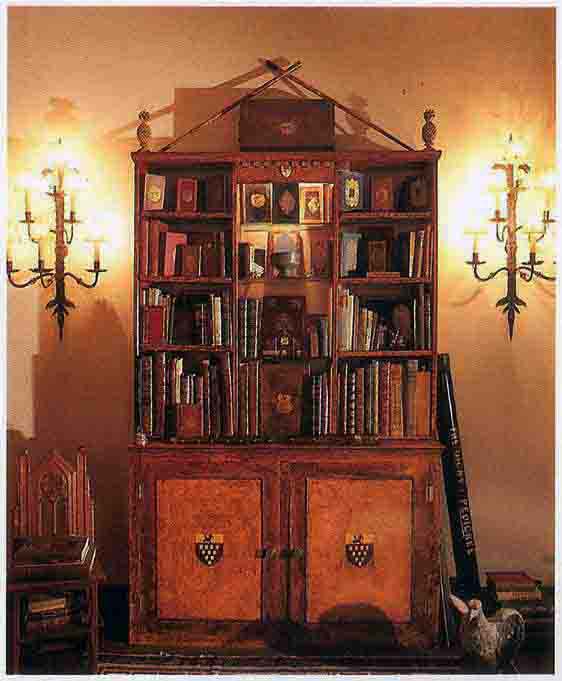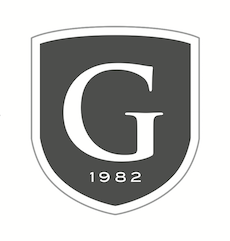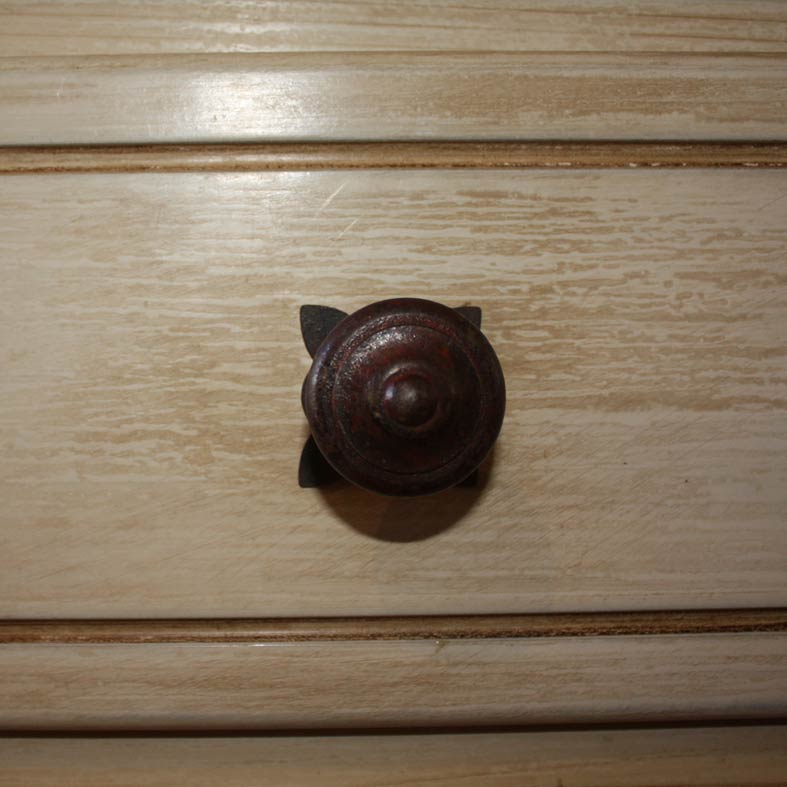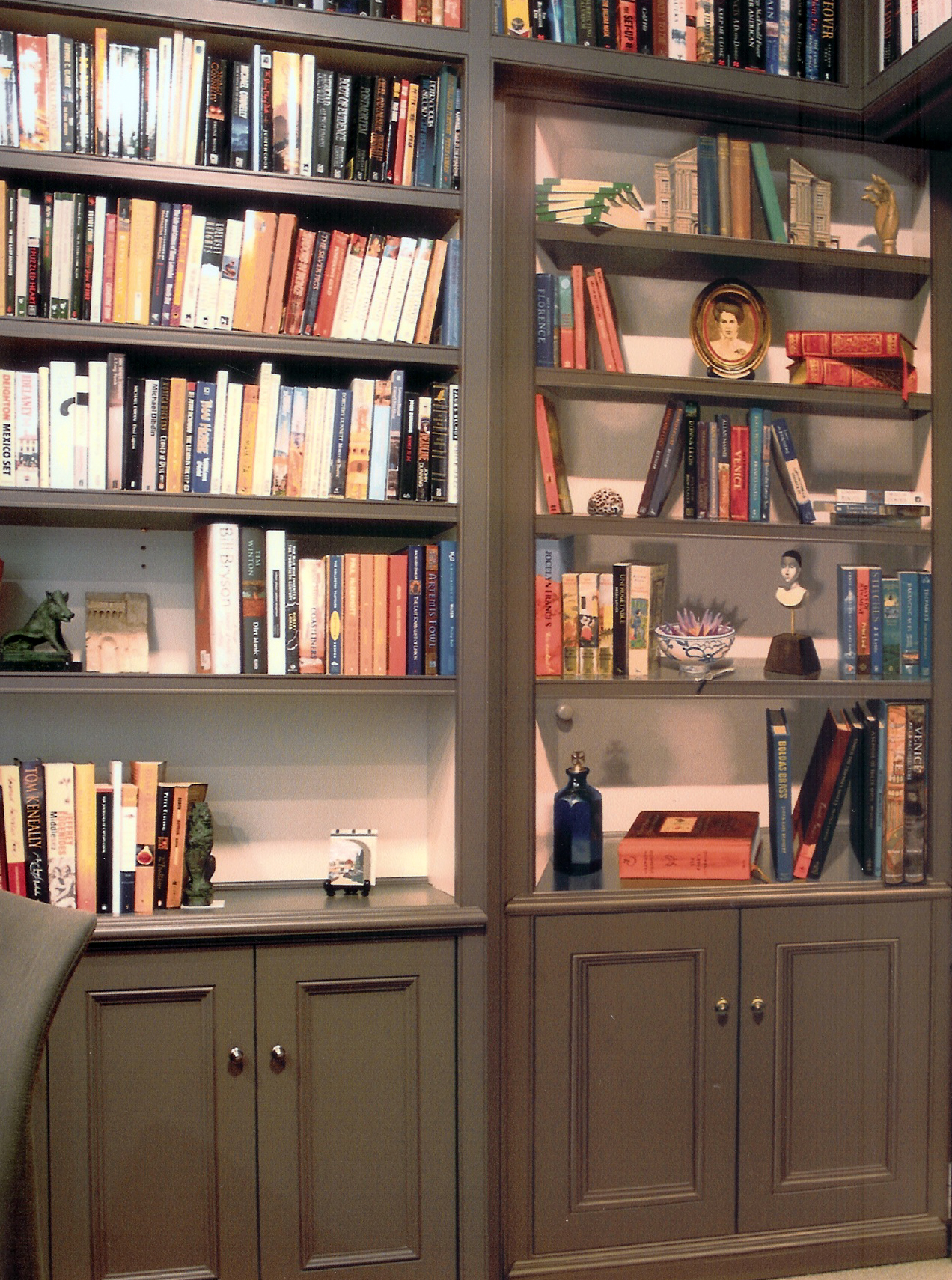 The use of colour and decorative paint finishes have been used in many ways over the centuries, in fact, when we decorate our homes we are continuing a tradition which dates back some thirty thousand years, when our earliest ancestors adorned their caves with paintings. Period houses were decorated with washes and simple paints made up from local ingredients such as milk and lime mixed with natural pigments from the earth. Many effects used in the Royal Palaces and mansions of the aristocracy were copied and used in the homes of the merchant classes, today they can be seen in more modest dwellings. With the aid of technology we can now produce paints that are much safer and more stable than those earlier formulas with none of the harmful ingredients such as lead.
The use of colour and decorative paint finishes have been used in many ways over the centuries, in fact, when we decorate our homes we are continuing a tradition which dates back some thirty thousand years, when our earliest ancestors adorned their caves with paintings. Period houses were decorated with washes and simple paints made up from local ingredients such as milk and lime mixed with natural pigments from the earth. Many effects used in the Royal Palaces and mansions of the aristocracy were copied and used in the homes of the merchant classes, today they can be seen in more modest dwellings. With the aid of technology we can now produce paints that are much safer and more stable than those earlier formulas with none of the harmful ingredients such as lead.
Milk paint – fast drying and water soluble, is made from the by-products of milk, casein, which is combined with powder pigments to create soft, mellow colours. This product is usually sealed, and the colour enhanced, with a wax coating. It is a traditional opaque finish, used for centuries before the sale of commercially made paints. Used to preserve timber, it has a rustic, chalky quality that softens and ages the appearance of furniture. It is made from elements that pre-date the use of petrochemicals and other toxic bases and solvents, it is biodegradable. The finished surface is durable and resists fading. Lime washing is the preferred protective coating for period buildings; it is produced from slaking lime with water resulting in lime putty. This is mixed with water and tallow, which is a natural, water-proofing agent derived from an animal fats. Applied to plaster, render and masonry the resulting finish is aesthetically pleasing. Broken colour techniques: Techniques that have originated in fine art are now employed in replicating the appearance of naturally occurring chemical processes found in period paint finishes. These are used to simulate the ‘breakdown’ in traditional paints which gives those mottled, soft and patchy, yet aesthetically appealing appearances. There are various techniques which either apply, or remove, glazes and washes to produce an array of subtle finishes. Colour washing is the application of thin washes of glaze over a ground (base) colour to build up delicate surface layers of colour. Random brush strokes are applied. Dragging is the process where a dragging brush is pulled through a wet glaze to reveal the colour of the basecoat. This produces a consistently striped finish, used predominantly on joinery and is the basis of a technique used in wood graining. Ragging or rag rolling, as in colour washing, surface glazes are applied over a ground coat and then randomly dabbed with a loosely gathered cloth, moistened with solvent to remove areas of the glaze, resulting in the attractive mottled look of a flat traditional finish which has suffered from the breakdown of its pigments. Stippling is the action of tapping a long haired brush over wet glazes to blend them or to disguise brush marks and blemishes producing a gradation of colour and shading and frequently used in the art of marbling and wood graining. Cissing involves the spattering of flecks of solvent over a wet glaze which disperses the finish and creates small rings which are used in birds eye maple wood graining. Combing involves dragging a plastic or metal comb through a wet glaze to produce straight or wavy lines in the finish. Spattering is used in antiquing and dusty paint effects and involves the flicking of glaze over an opaque ground coat to produce small random specs of colour.
Trompe l’oeil – or as the French say “Trick of the eye”, dates back to early Greek and Roman times. Roman villas had only small slits for windows so they would decorate the vast expanses of wall with fake columns and “views” of the outside world, creating the illusion of light and space. Through the artists use of perspective, light and shade flat- painted images take on a three-dimensional appearance. The use of tromp l’oeil allows the artist to incorporate individual details and even a dash of humour and the absurd. The image above shows a Groth & Sons’ library project which employs the use of a full length tromp l’oeil panel (see right hand side section) creating a secret door adorned with the clients favourite books, complete with punned titles. Marbling – The use of paint to simulate the use of decorative polished stone work once again goes back to Greek and Roman times. This technique was, and still is used, for a number of reasons. The price of quarrying, cutting, polishing and the transportation of this natural product can make it cost prohibitive. Marbling allows the use of ’facsimiles’ of stones that may not be readily available and for areas where the use of the real material may not be practical, such as in the use of structural beams, ceilings or overhangs, consequently marbling is often used in combination with real stone. Wood graining – As with marbling, scarcity and increased costs of highly sought after hardwood’s lead architects, builders and decorators to employ the use of paintwork to simulate wood finishes. Used extensively throughout the 19th Century this popular treatment allowed for joinery and panelling to be constructed in cheaper and more available timbers and then decorated to resemble something more interesting such as Bird’s eye maple, oak, rosewood or Chestnut. Craquelure: A technique used to simulate fine cracks and crazing found in old varnished surfaces, particularly on furniture pieces, ceramics and wall panelling.






